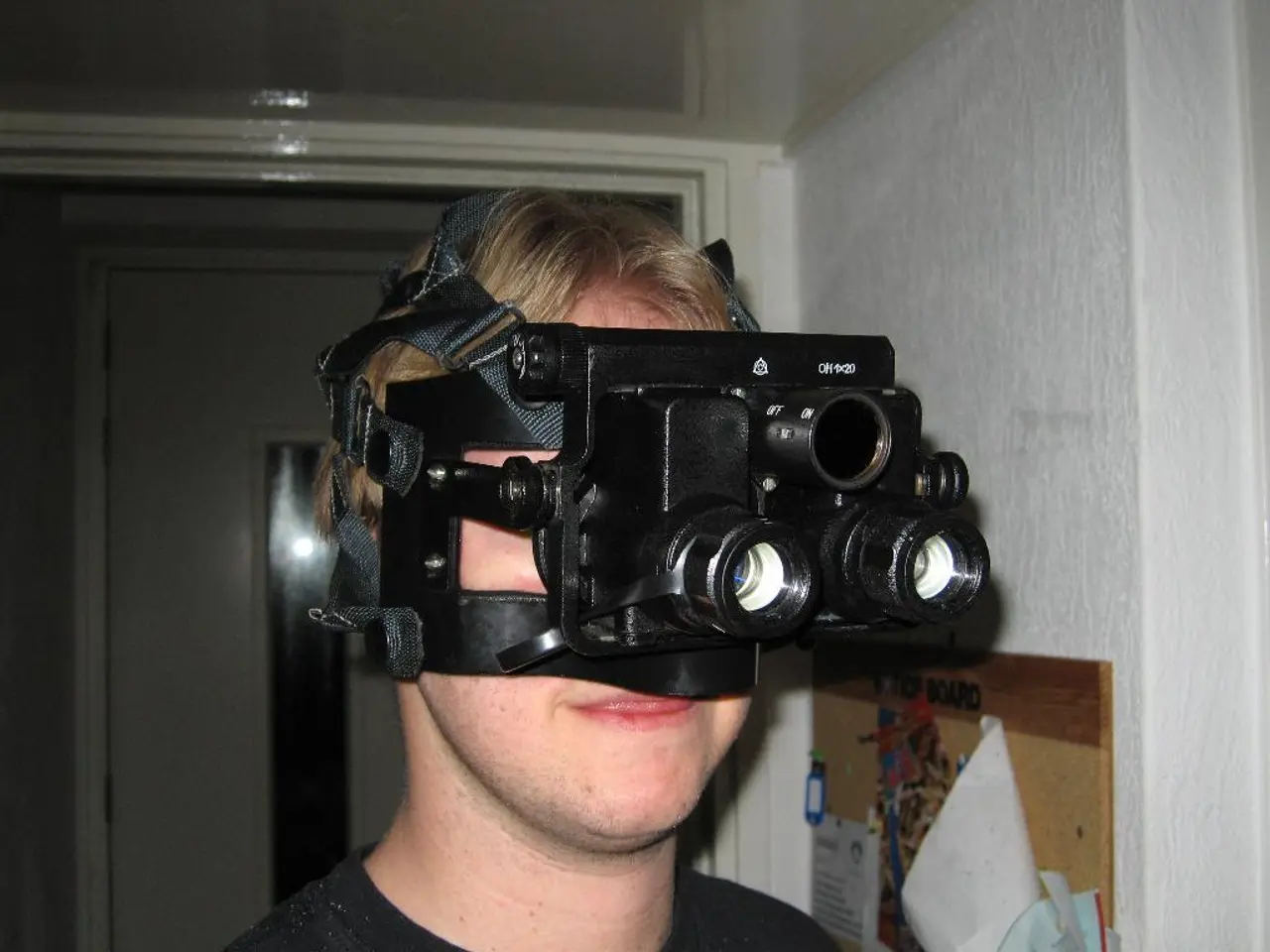Designing Immersive and Impactful Virtual Reality Learning Scenarios
In an increasingly digital world, Virtual Reality (VR) is transforming the landscape of employee training, offering unmatched realism, interactivity, and scalability. This innovative technology is particularly beneficial in sectors like healthcare, emergency response, and manufacturing, where fully committing to the simulated reality aspect of VR allows learners to test and improve their reactions to dire circumstances without putting themselves or others in danger.
To create an effective VR training program for various industries, it is crucial to focus on key components. Understanding the specific needs of the Silver Generation, for instance, is essential. Older adults may require simpler interfaces, larger text, clear instructions, and more ergonomic hardware to ensure comfort and ease of use.
Defining clear learning objectives tailored to the job tasks and the users’ capabilities is another essential step. This approach ensures that learners know what to expect and what skills they will gain. Designing immersive and realistic simulations that reflect real-world scenarios relevant to the industry and the learners’ roles is also crucial, enabling practical skill application.
Incorporating strong interactivity such as gestures, voice commands, or simple interactive tasks is key to maintaining engagement and accommodating different physical abilities. Gamification elements, like progress bars, rewards, levels, or challenges, can boost motivation and engagement by integrating adult learning principles, supporting gradual mastery and motivation for continued participation.
Providing feedback and assessment during and after exercises is crucial for motivation and skill retention. Customizing VR hardware and software selection to ensure usability and accessibility for older adults is also essential, considering comfort, ease of use, and compatibility with existing organization systems.
Pilot testing the program with members of the Silver Generation is essential to gather feedback on usability, engagement, and training effectiveness. This process is crucial for iterating and improving the VR training program before launching it to the entire workforce. Including supportive training for instructors or facilitators who guide Silver Generation trainees in using VR tools confidently is also important.
Advanced VR learning systems, like Trainer, offer customization options to tailor modules to target skill gaps, address safety concerns, or enhance onboarding processes. Incorporating advanced technologies such as AI may further personalize and enhance training effectiveness over time.
In the realm of healthcare, VR training can potentially improve the success rate of doctors in training by allowing them to spend hours preparing for difficult surgeries in accurate simulations. The potential of VR training is vast, and with the right approach, it can revolutionize team collaboration in employee training, with the potential to revolutionize team building and improve overall workforce performance.
With a decade of VR expertise and over twenty years of corporate experience, Rafał Siejca, CEO and CTO, ensures timely, high-quality project delivery. His company is dedicated to helping organizations foster a highly skilled, collaborative, and motivated workforce through immersive education. To ensure a smooth launch, consider contacting the platform for guidance on their innovative training system, module creation, and customization.
[1] Immersive Education Research Network (iERN)
[2] Educational Research Review
[3] Proceedings of the 2019 IEEE Virtual Reality Conference
[4] Virtual Reality in Vocational Training
[5] AI in VR for Training and Education
- To effectively implement VR training for industries, it is vital to consider education-and-self-development resources that cater specifically to the needs of older adults, ensuring simpler interfaces, larger text, clear instructions, and ergonomic hardware for comfort and ease of use.
- In the process of creating a VR training program for various businesses, incorporating advanced technologies like AI can further personalize and enhance training effectiveness, revolutionizing team collaboration and ultimately improving overall workforce performance in the finance, technology, and manufacturing sectors.




